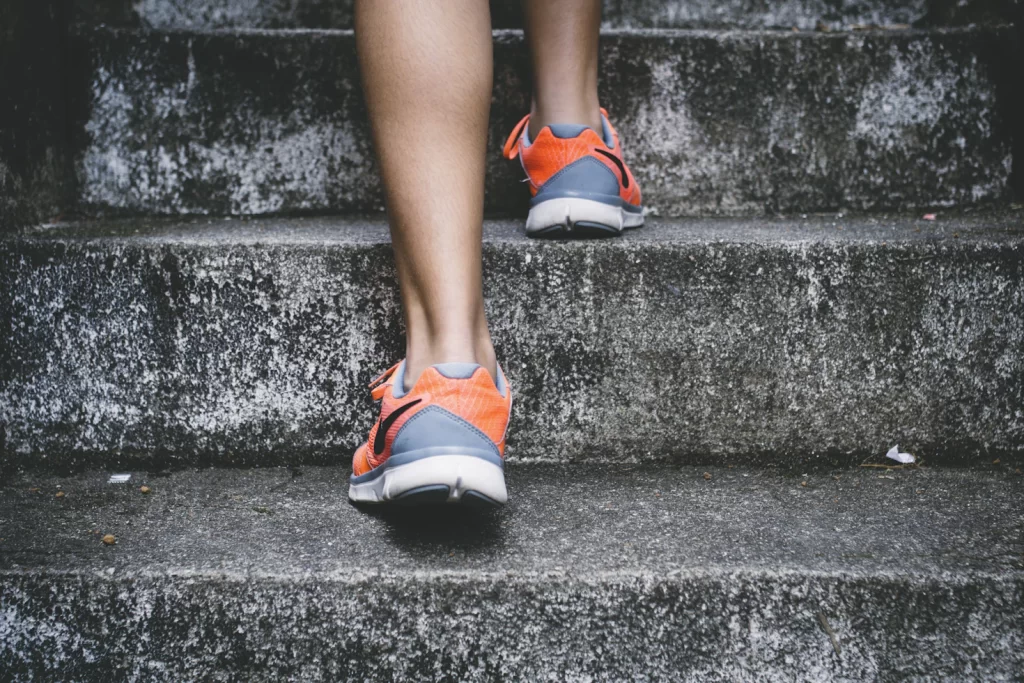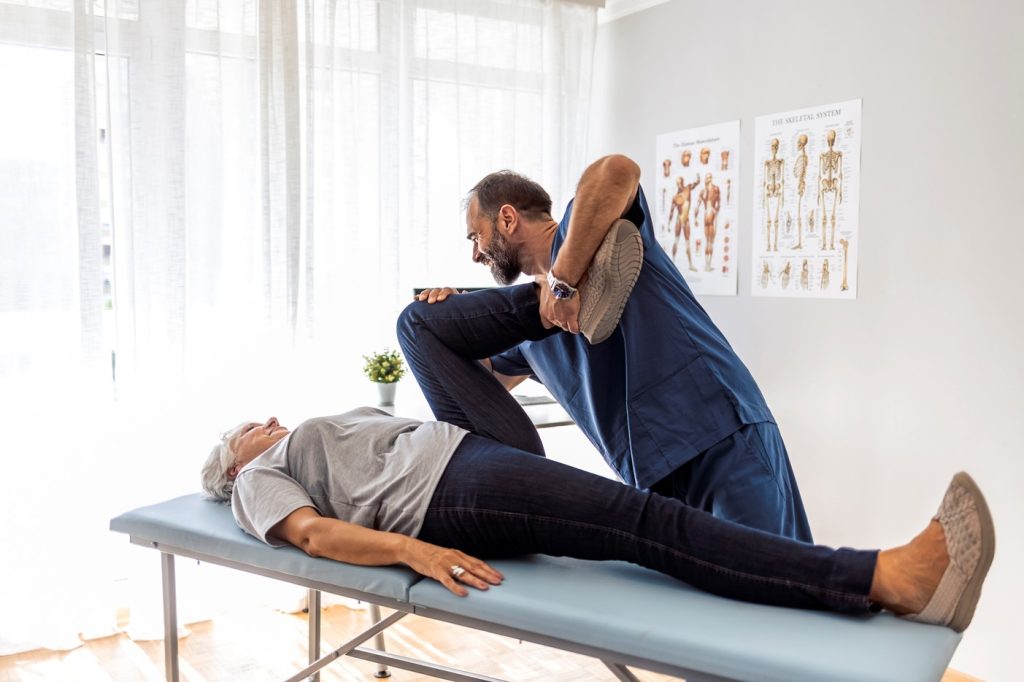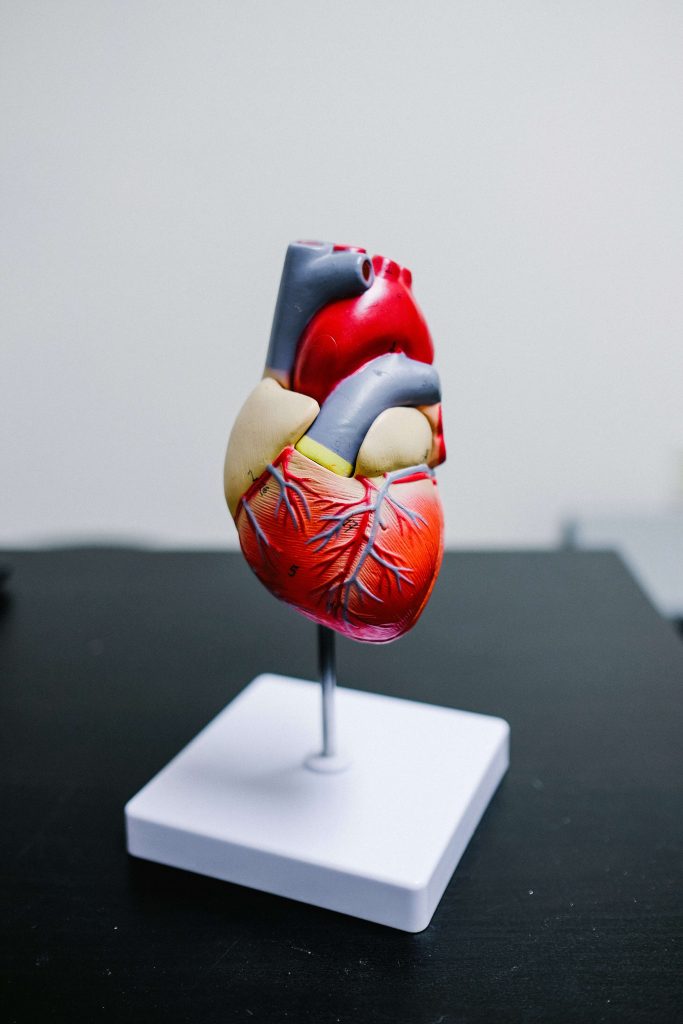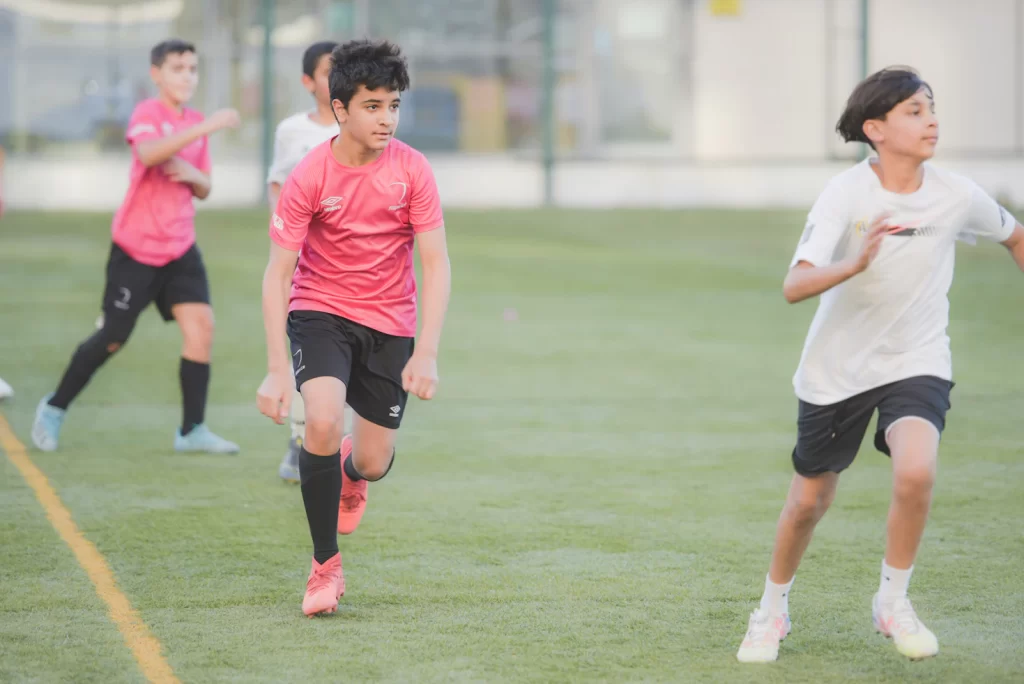Unlocking Stability: The Remarkable Benefits of Exercise for Ataxia Management
Posted on July 1st, 2024 by Andries Lodder

Ataxia is a characteristic of a group of neurological disorders that affects a person’s voluntary muscle coordination, balance, and speech. It can affect various body parts, leading to symptoms such as unsteady gait, difficulty with balance and coordination, and clumsiness. Ataxia can result from damage to the cerebellum, spinal cord, or peripheral nerves, and it may be inherited or acquired through factors like trauma, stroke, or certain diseases.
Ataxia is present primarily due to the dysfunction or damage to the parts of the nervous system responsible for coordinating movement, primarily the cerebellum, brainstem, spinal cord, and peripheral nerves. Some forms of ataxia are the results of genetic mutations that affect these areas of the nervous system.
Acquired ataxia can stem from various causes such as stroke, brain injury, multiple sclerosis, tumours, infections, or toxic exposure, which disrupt the normal functioning of these neural structures.
Signs and symptoms
The physical showings of ataxia are related to the location of the damage in the cerebellum or further down in the nervous system.
A person who is ataxic can present with the following abnormalities:
- Gait abnormalities: Difficulty walking steadily, often described as a wide-based, unsteady, or staggering gait. Individuals with ataxia may appear clumsy or have trouble coordinating their movements.
- Poor coordination: Difficulty with fine motor tasks such as writing, buttoning clothes, or using utensils. Actions may appear jerky or imprecise.
- Speech difficulties: Slurred speech (dysarthria), difficulty articulating words, or changes in voice pitch and rhythm.
- Nystagmus: Involuntary, rapid eye movements that may cause visual disturbances and affect balance.
- Tremors: Some individuals with ataxia may experience tremors, which are involuntary shaking movements, especially during attempts to perform tasks requiring coordination.
- Muscle stiffness or weakness: Weakness or stiffness in the limbs or trunk muscles, which can contribute to difficulties with movement and coordination.
- Loss of balance: Difficulty maintaining balance, particularly when standing or walking, leading to frequent falls or stumbles.
- Fatigue: Ataxia can be physically exhausting due to the increased effort required to coordinate movements, leading to fatigue even with minimal activity.
- Difficulty with fine motor skills: Challenges with tasks that require precise movements, such as picking up small objects, tying shoelaces, or manipulating objects with the hands.
Evaluation and Exercise treatment
It is important to understand what an individual struggles with on a day to day basis in order to prescribe exercise that will be most beneficial in improving their quality of life. Exercise plays role in managing ataxia by improving coordination, balance, strength which allows an individual to function better during their activities of daily living.
- Improving coordination: Specific exercises targeting coordination and proprioception (awareness of body position) can help individuals with ataxia improve their ability to control movements and perform activities of daily living more effectively.
- Enhancing balance: Balance exercises, such as standing on one leg, walking heel-to-toe, or using balance boards, can help strengthen the muscles involved in balance and proprioception, reducing the risk of falls and improving confidence in movement.
- Increasing strength: Strengthening exercises targeting the muscles of the legs, core, and upper body can help individuals with ataxia improve their overall strength, which can contribute to better stability and mobility.
- Maintaining flexibility: Stretching exercises can help maintain flexibility in muscles and joints, reducing stiffness and improving range of motion.
- Promoting cardiovascular health: Aerobic exercise, such as walking, swimming, or cycling, can help improve cardiovascular fitness, endurance, and stamina, making everyday activities easier to perform.
- Enhancing mood and well-being: Regular exercise can have positive effects on mood and mental well-being, reducing feelings of anxiety, depression, and stress often associated with chronic health conditions like ataxia.
- Fostering social interaction: Participating in group exercise classes or activities can provide opportunities for social interaction and support, reducing feelings of isolation and promoting a sense of belonging.
- Improving overall quality of life: By enhancing physical function, reducing symptoms, and improving emotional well-being, exercise can significantly improve the overall quality of life for individuals living with ataxia.
It’s essential for individuals with ataxia to work with healthcare professionals, such as physical therapists and Biokineticists, to develop a personalized exercise program tailored to their specific needs, abilities, and limitations. This ensures that exercises are safe, effective, and appropriate for their individual condition.
Please feel free to contact us on social media or on our website.










